A newly discovered rock shelter in Tajikistan contains artifacts created by ancient people over a period of about 130,000 years.
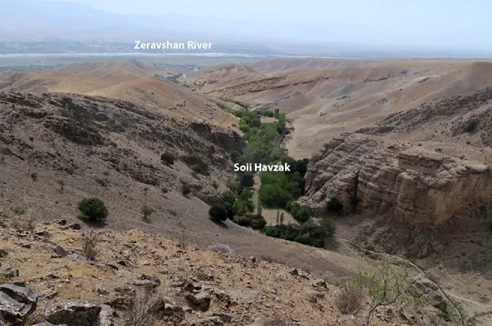 |
| Archaeological site where ancient human remains were discovered near the Zeravshan River (Tajikistan). (Source: Live Science) |
Along a stream in Tajikistan, archaeologists have discovered a rock shelter that may have been inhabited by Neanderthals, Denisovans, and Homo sapiens (ancestors of modern humans) over a period of about 130,000 years.
Archaeologists have long known that Stone Age humans migrated through the Inner Asian Mountain Corridor (IAMC) of Central Asia. They have been searching for Neanderthal, Denisovan and Homo sapiens remains in the area for years.
“The IAMC became a site where migratory groups of ancient humans may have met and interacted with each other,” the researchers said in a new study published Nov. 11 in the Journal of Antiquity .
“This area may have been a migration route for several human species, such as Homo sapiens, Neanderthals or Denisovans,” said the study’s lead author, Yossi Zaidner, a senior lecturer at the Institute of Archaeology at the Hebrew University of Jerusalem.
Zaidner and his team searched for Stone Age sites along the Zeravshan River, a major river in Central Asia. They eventually discovered two sites with artifacts suggesting that different peoples occupied the area at different times.
In 2023, the team excavated the Soii Havzak area, located along a small tributary of the Zeravshan River. They discovered a variety of stone tools including flint, blades and stone chips, animal bones, and charcoal, suggesting that ancient humans knew how to use fire 150,000 years ago.
"We hope that the research will reveal new insights into how different ancient human groups may have interacted in this region. This discovery is an important step towards understanding the history of ancient humans in Central Asia," said Mr. Zaidner.
According to the research team, the Zeravshan valley was likely an important human migration area, including the migration of Homo sapiens from Africa to Asia during this time.
Source




![[Photo] National Assembly Chairman Tran Thanh Man attends the VinFuture 2025 Award Ceremony](/_next/image?url=https%3A%2F%2Fvphoto.vietnam.vn%2Fthumb%2F1200x675%2Fvietnam%2Fresource%2FIMAGE%2F2025%2F12%2F05%2F1764951162416_2628509768338816493-6995-jpg.webp&w=3840&q=75)


![[Photo] 60th Anniversary of the Founding of the Vietnam Association of Photographic Artists](/_next/image?url=https%3A%2F%2Fvphoto.vietnam.vn%2Fthumb%2F1200x675%2Fvietnam%2Fresource%2FIMAGE%2F2025%2F12%2F05%2F1764935864512_a1-bnd-0841-9740-jpg.webp&w=3840&q=75)
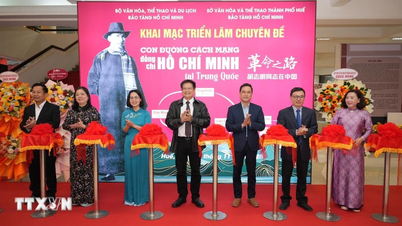

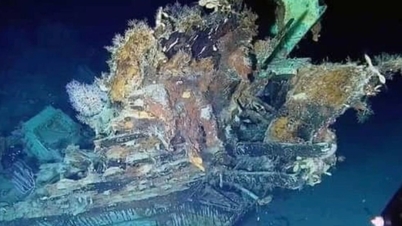

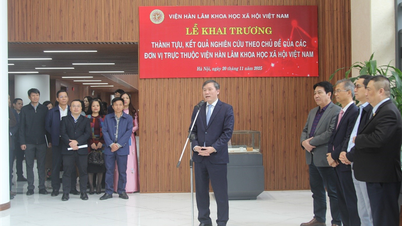





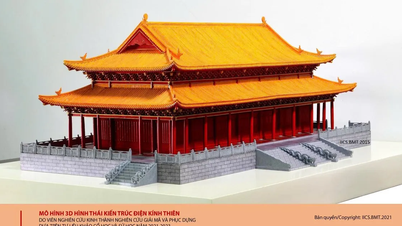















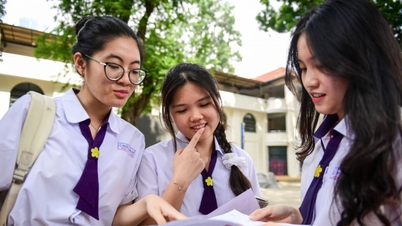
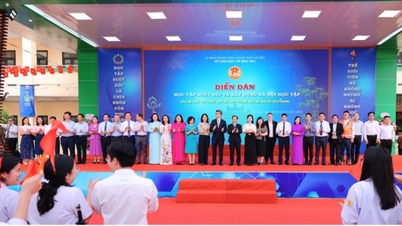
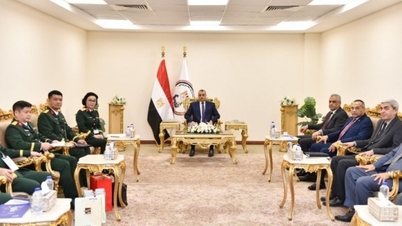
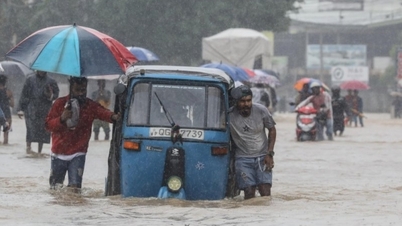



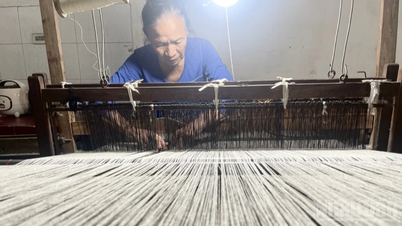

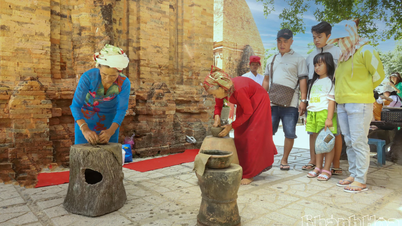

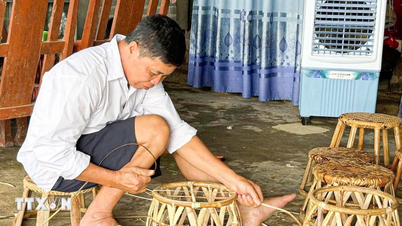
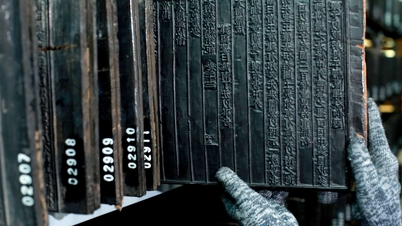








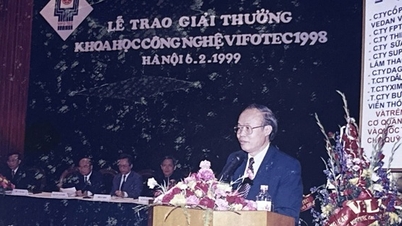

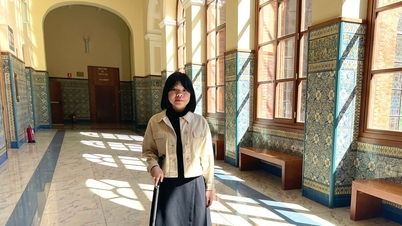

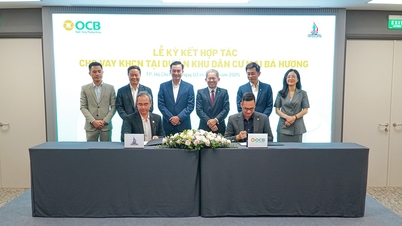























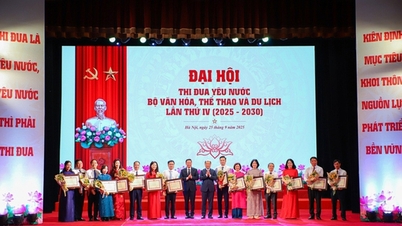

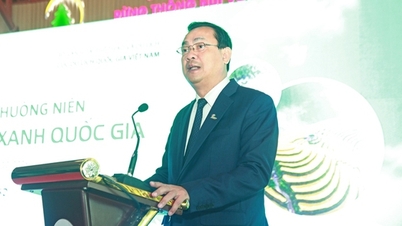
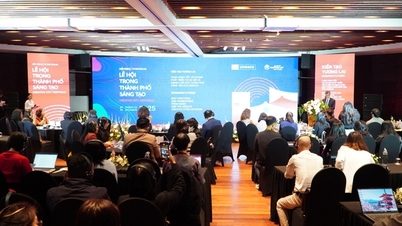
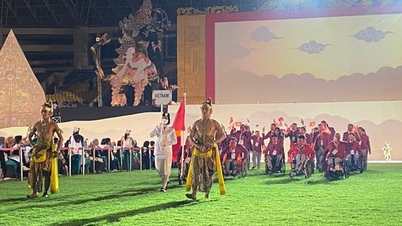


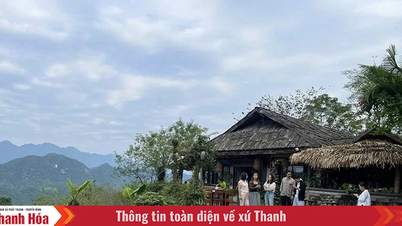

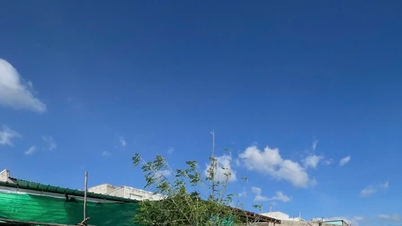
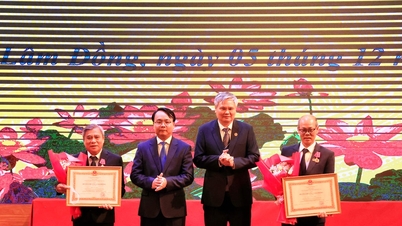
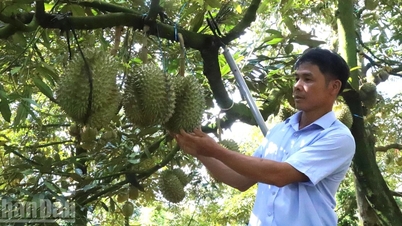
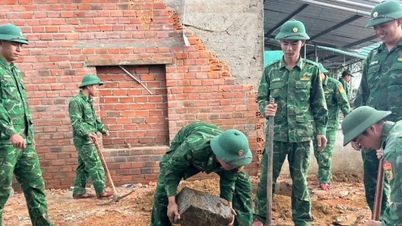











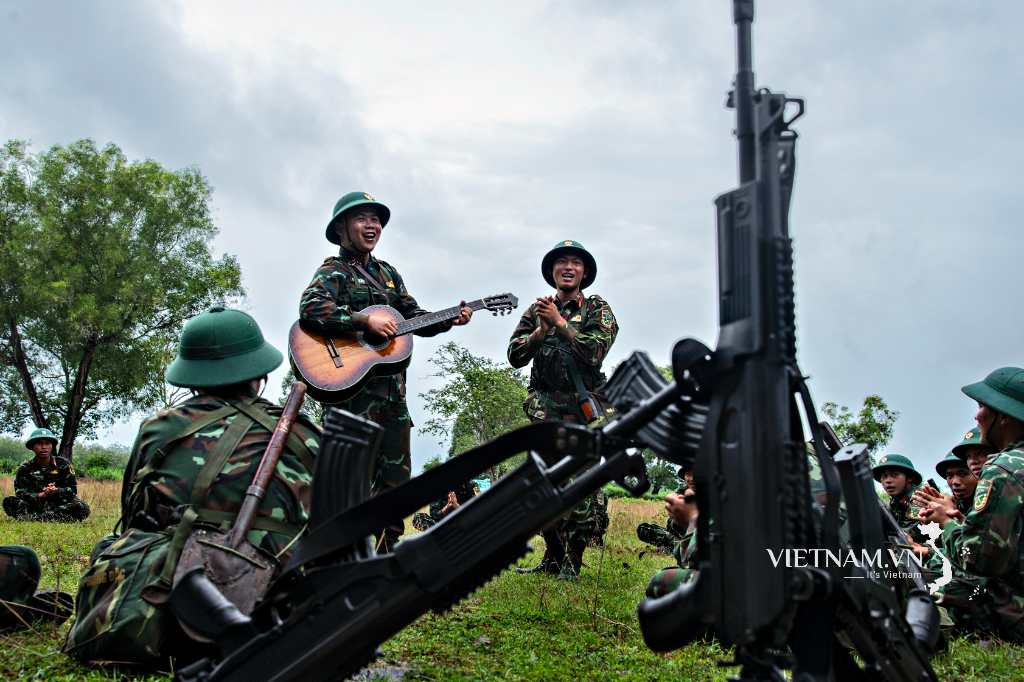
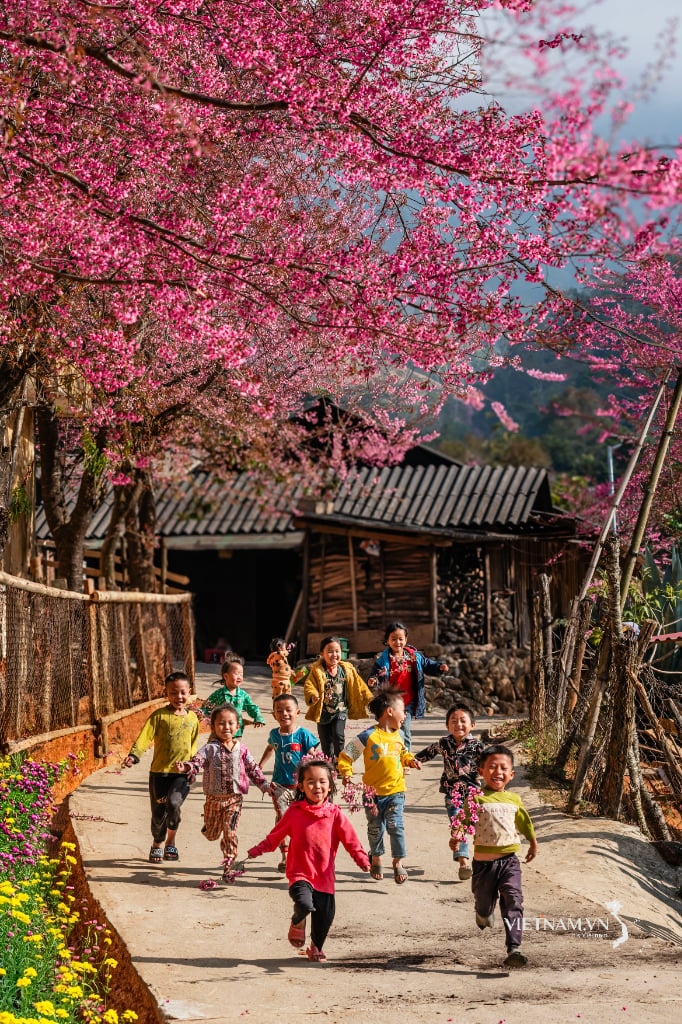




Comment (0)